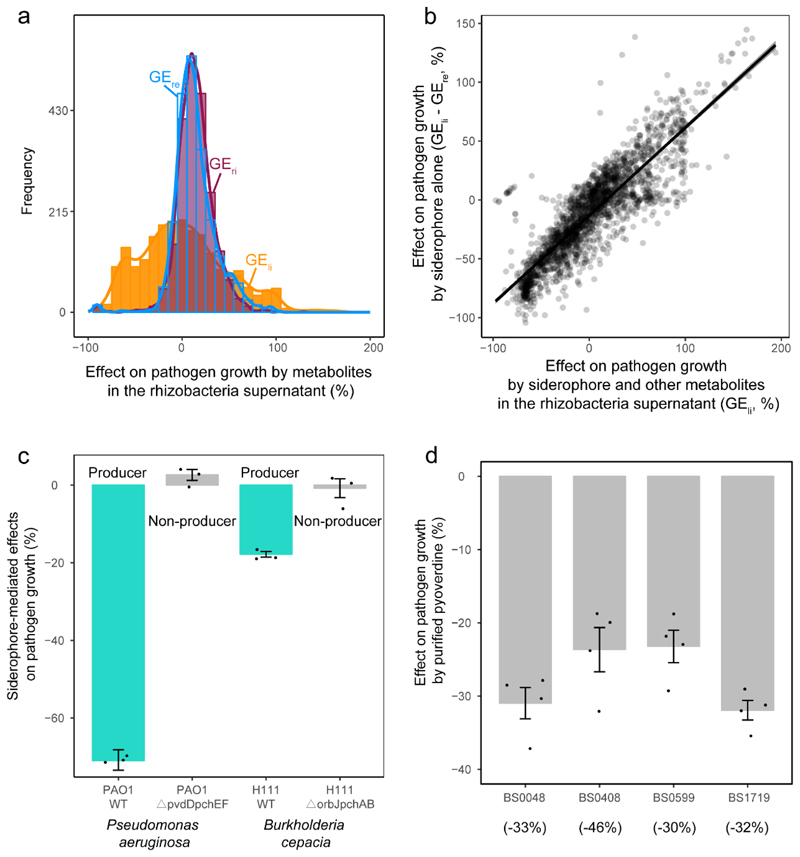Extended Data Fig. 3. The growth effects of siderophores by rhizosphere bacteria on the plant pathogenic R. solanacearum bacterium.
a. The histogram shows how the growth of the pathogen R. solanacearum was affected by cell-free rhizobacterial supernatants collected from iron-limited (yellow fit, GEli) and iron-rich (purple fit, GEri) media, and when iron-limited supernatants were replenished with iron (blue fit, GEre). b. The panel contrasts GEli (effects mediated by siderophores and other metabolites) with GEli - GEre (effects mediated by siderophores alone). The strong positive correlation demonstrates that growth effects were mainly driven by siderophores and not by other secreted metabolites and residual nutrients. The black line and grey shaded area depict the best-fit trendline and the 95 % confidence interval of the linear regression (adjusted coefficient of determination R2=0.755, n=2150 biologically independent rhizobacterial isolates, F1,1248=6610 and two-side P<2.2×10-16 based on Student’s t-test). c. The siderophore-mediated effects of the wild type strains (producers) on the pathogen were representative of strong (Pseudomonas aeruginosa) and mild (Burkholderia cepacia) inhibition of the pathogen, while the siderophore-deficient isogenic mutants of both species completely lost their inhibitory effect under iron-limited conditions. Bars represent the mean±s.d. of n=3 independent biological replicates (shown as superimposed black dots). d. The growth effect of purified pyoverdines of four Pseudomonas strains on pathogen under iron-limited condition were very similar to the effects of the raw supernatants (shown in brackets on X-axis). Bars represent the mean±s.d. of n=4 independent biological replicates (shown as superimposed black dots over the bars).

